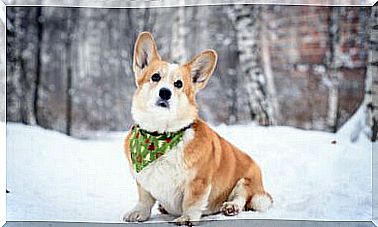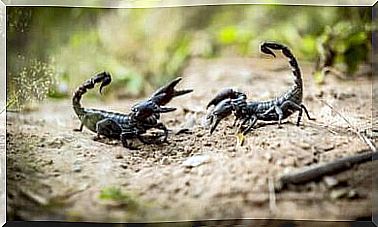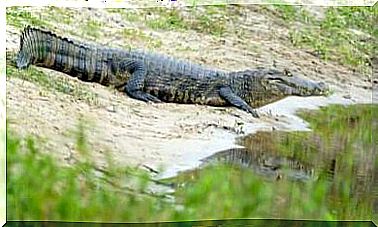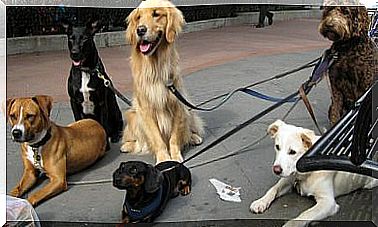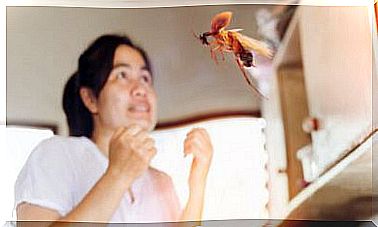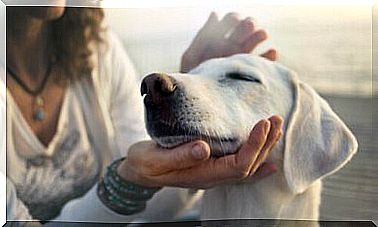Children And Animals: Great Friends!

Childhood is perhaps one of the best times in life and the experience of being able to grow up with a pet makes it even more special. The relationship between animal and child can be very important for both, but adults will have the privilege of seeing the creatures they love most grow together.
Usually, when it comes to pets for children, one immediately thinks of cats and dogs. On the other hand, there is a great variety of pets, according to the age of the child, the space available and the money the family can spend.
When there are very young children in the house, the best choice may be a large pet, in this way you will avoid that the child can harm him, even if he does not want to. Despite these premises, the child still does not have to manage the animal, because he is still learning about the world.
Of course, you should never leave your child, or any child under eight, alone with a pet, regardless of how well trained and old they are. Unpleasant situations often arise that could be easily avoided.
For older children, between 5 and 8 years old, the possibility of choice widens. However, the big favorites remain dogs because they have a lot of energy and allow themselves to be “manipulated” by children, which they must still do carefully. Dogs show their affection in such a joyful way that, in addition to doing a lot of good for the child’s psyche, they are a fun sight to watch.
Teach the child to watch over the welfare of the animal.
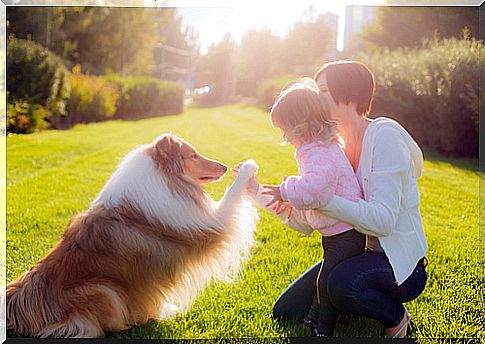
Other animals such as the rabbit, the hamster and the turtle are very suitable for teaching children to respect life and nature. For example, taking care of a turtle can turn into a pedagogical experience on the survival of ecosystems. You can talk to your child about the turtle food system, which is so different from ours, and begin to raise awareness of the importance of preserving these beautiful creatures.
With smaller animals, such as hamsters, you can teach them to protect weaker beings and to be responsible and care for creatures smaller than them. Teach the child to respect the space of the animal and to know how to keep his distance for his well-being.
Show the child what appropriate games to play when involving the pet. For example, avoid the use of delicate objects such as the child’s toys, or those in which the child holds the animal in his arms while standing. In the latter situation, the animal could slip from his hands and get hurt.
Do not make the child responsible for the animal.

There is a big difference between educating a child to care for an animal and empowering him. Once a pet enters your home, the responsibility must rest with the adult, never with the child.
It is very good to teach your child a sense of responsibility, to make him understand that the well-being of the animal depends on his behavior. But certainly children still do not have the ability to discern and do not always understand, for example, how to feed it, what could be toxic to the animal, what objects it should not play with, etc.
It is not right to leave something as important as the life of an animal in the hands of a child, especially a small one, for both the animal and the child. Think of it this way: if my child does not yet have the ability to look after himself, how can he have the ability to look after an animal?
Unfortunately, this lack of criteria on the part of adults occurs very frequently.
Finally, children and pets are a wonderful combination and if you are properly supervised it will be a happy experience that will last a long time.

